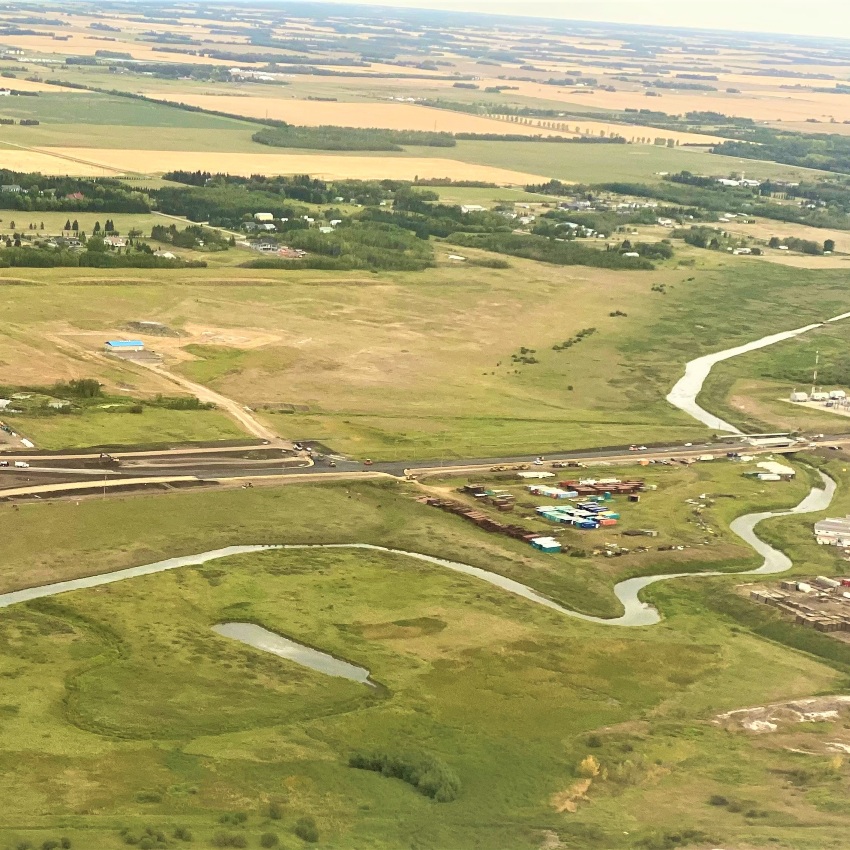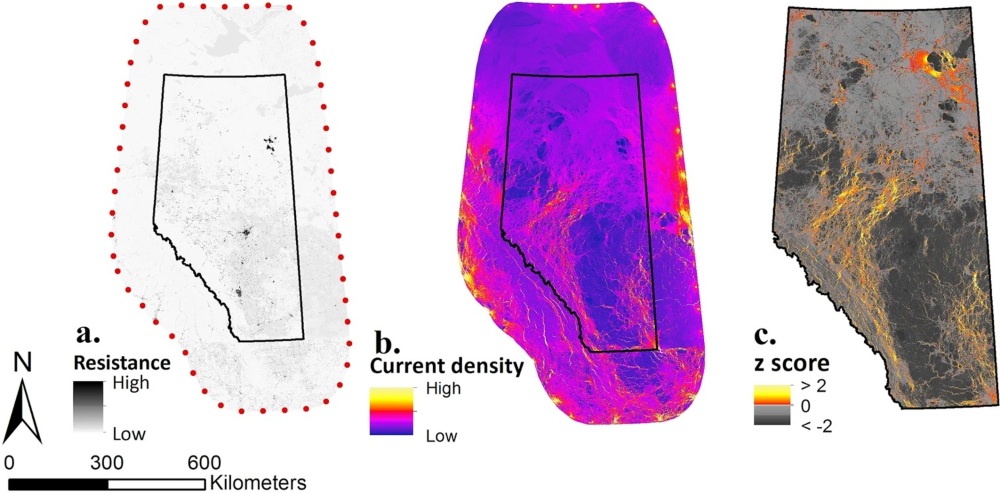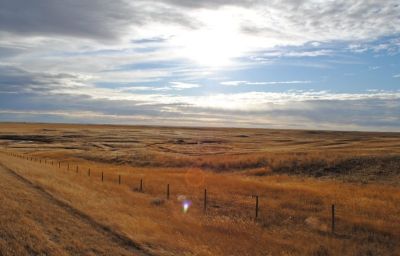
Landscape Connectivity Assessment for Biodiversity and Land Management
Categories: Climate Change
Status: In Progress
About the Project
Connectivity refers to the degree to which the landscape facilitates the movement of organisms, their genes, and ecological processes. The loss of connectivity negatively impacts wildlife, biological diversity, and ecosystem services. Hence, connectivity planning is a key component of managing land and biodiversity.
A research team at the University of Toronto led by Professor Helene Wagner, in collaboration with the ABMI, previously developed a set of general-purpose connectivity models for the province of Alberta from human footprint data; validated the models with biodiversity monitoring data for mammals, birds, plants, soil mites, lichens, and mosses; and identified a general-use model that best represents connectivity for a broad range of terrestrial species.
The current project, running from 2022 to 2025, builds on the existing general-purpose models in three ways:
- Facilitating scenario modelling, particularly in areas undergoing rapid land-use change through urban and industrial development,
- Building in-house capacity for practitioners to perform local connectivity assessments; and
- Clarifying the interpretation and limitations of general-use connectivity assessment.
The goal of this project is to enable organizations and individuals to implement connectivity planning as part of their overall land management planning.

- ABMI
- Alberta Ministry of Environment and Protected Areas
- Alberta Innovates
- Alberta Prairie Conservation Forum
- Blood Tribe Land Management
- Centre for Urban Environments
- Credit Valley Conservation
- Digital Research Alliance of Canada
- Nature Conservancy of Canada
- NSERC
- Miistakis Institute
- SciNet
- University of Alberta
- University of Toronto
- Université de Picardie Jules Verne
Changing the existing general-use connectivity model involves changing the underlying resistance map that quantifies how human footprint constrains the movement of organisms locally. This is a complex, computer-intensive process that poses barriers to implementation. We aim to overcome current barriers to the integration of connectivity considerations with land management planning by:
(1) Integrating connectivity assessment with planning methods: From a planning perspective, it is important to be able to compare the impacts of different local development scenarios on larger-scale connectivity to ensure that connectivity is maintained over time. We are developing and validating a protocol for using simplified resistance maps to model the impact of local land-use changes on larger-scale connectivity.
(2) Building in-house capacity: The interactive evaluation of land-use change scenarios requires in-house capacity to simulate connectivity on modified resistance maps for smaller areas such as a watershed or municipality. We will develop a manual with step-by-step instructions for performing such analyses with typical in-house computational resources (based on needs assessment from end-user workshops), without expert knowledge or access to high-performance computing.
(3) Clarifying interpretation: Connectivity planning poses a dilemma: connectivity is inherently species-specific, whereas planning is easier if a single, general-use map can be used to represent the needs of many taxa. We will provide a scientific basis for interpreting the results from general-use connectivity models, which don’t consider species characteristics, compared to species-specific models (e.g., for species at risk) and models for functional groups of species. This will enable implementers to understand the strengths and limitations of general-use connectivity models and judge when additional models should be incorporated into design processes. The ABMI supports this project through facilitating feedback processes and through sharing datasets and expertise on human footprint and biodiversity data collected since 2007 across Alberta. We are committed to sharing the outcomes (e.g., scientific papers, case studies; connectivity models and maps) on our online platforms such as the Mapping Portal, website, and YouTube channel.


Without the financial support and expertise of the project team members from these leading collaborating organizations, this work would not be possible. Thank you!
Our goal is to develop essential knowledge and tools to support the management of Alberta's biodiversity in a changing climate.
The Peltigera project aims to expand our understanding of Peltigera lichen diversity in Alberta through genetic markers. Building on the research done by global Peltigera experts, we hope to use genetic data to both verify our identifications and detect new species to the province.
The ABMI is developing and implementing new biodiversity assessment tools to support the environmental performance of Canadian beef production systems by incorporating biodiversity and habitat management into beef life-cycle assessments.



